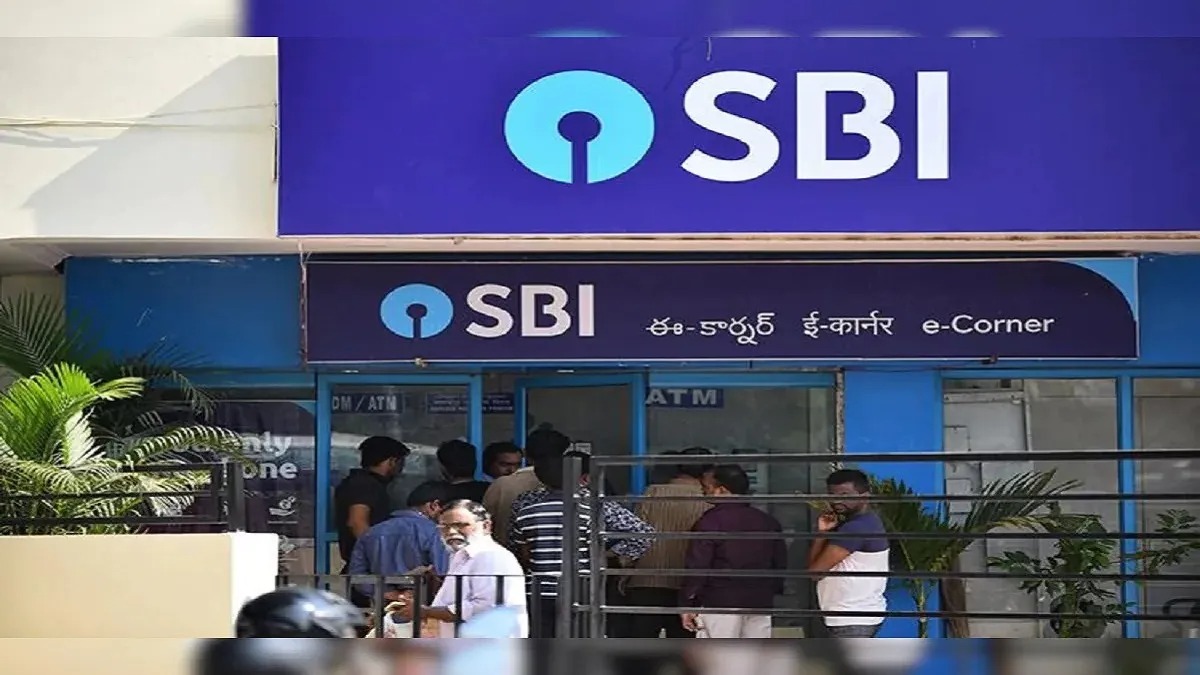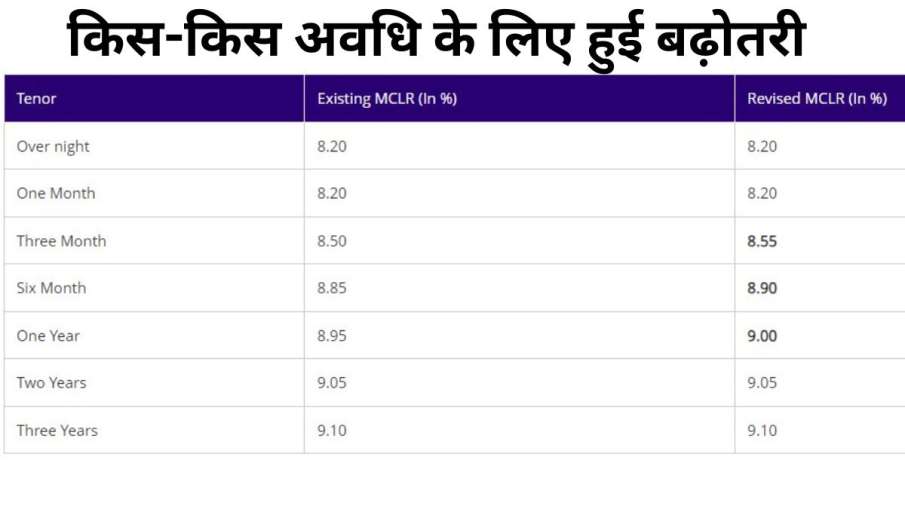

Taking a loan from the country’s largest bank, the State Bank of India (SBI), has become expensive. The bank on Thursday announced a 0.05 percent increase in its Marginal Cost of Funds Based Lending Rate (MCLR). According to the bank’s website, the one-year MCLR has been increased by 0.05 percent to nine percent from Friday. The one-year MCLR rate determines the rate of loans like personal loans, car loans, and home loans. The bank has recently increased the MCLR twice. Bank Chairman CS Shetty said that 42 percent of the bank’s loan segment is linked to MCLR, while the rest is based on external benchmarks. He also clarified that deposit rates in the banking system are at their highest level. SBI has also increased the three- and six-month MCLR. There has been no change in the MCLR for one day, one month, two years, and three years.
The bank revised its interest rates.

What is MCLR?
The marginal Cost of Funds Based Lending Rate (MCLR) is the minimum lending rate below which a bank is not allowed to lend. Borrowers will have to wait for a long time for any reduction in high interest rates, as the Reserve Bank of India has decided to keep the repo rate unchanged at 6.5% in its recent meeting. This is the ninth consecutive meeting in which the central bank has maintained the current rate. Experts are not expecting a rate cut in the next meeting.
The repo rate is not expected to be reduced.
After the record jump in retail inflation, there is no possibility of a cut in the repo rate in the RBI monetary policy meeting to be held in December. Its effect is now visible. Banks are increasing interest rates. This will increase the burden of EMI on millions of people. Many people have been waiting for a reduction in interest rates for a long time. However, this does not seem to be happening soon.
Read More: Izmo Limited Shares Turn Multibagger with Stunning 12200 Percent Return for Long Term Investors

 Share
Share



